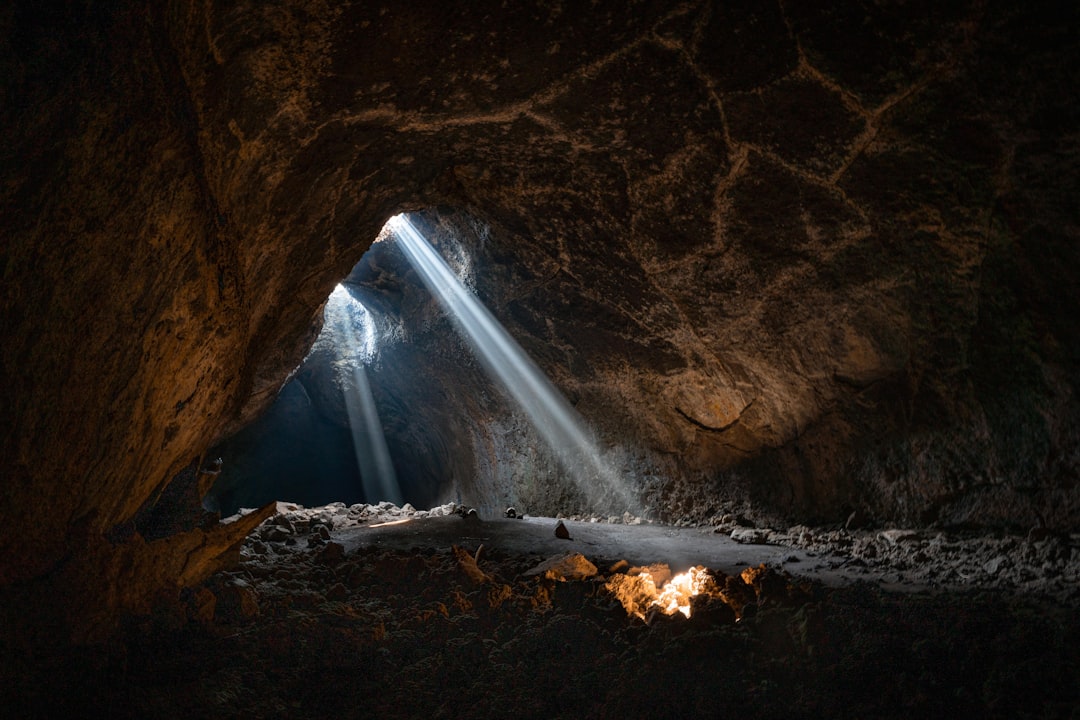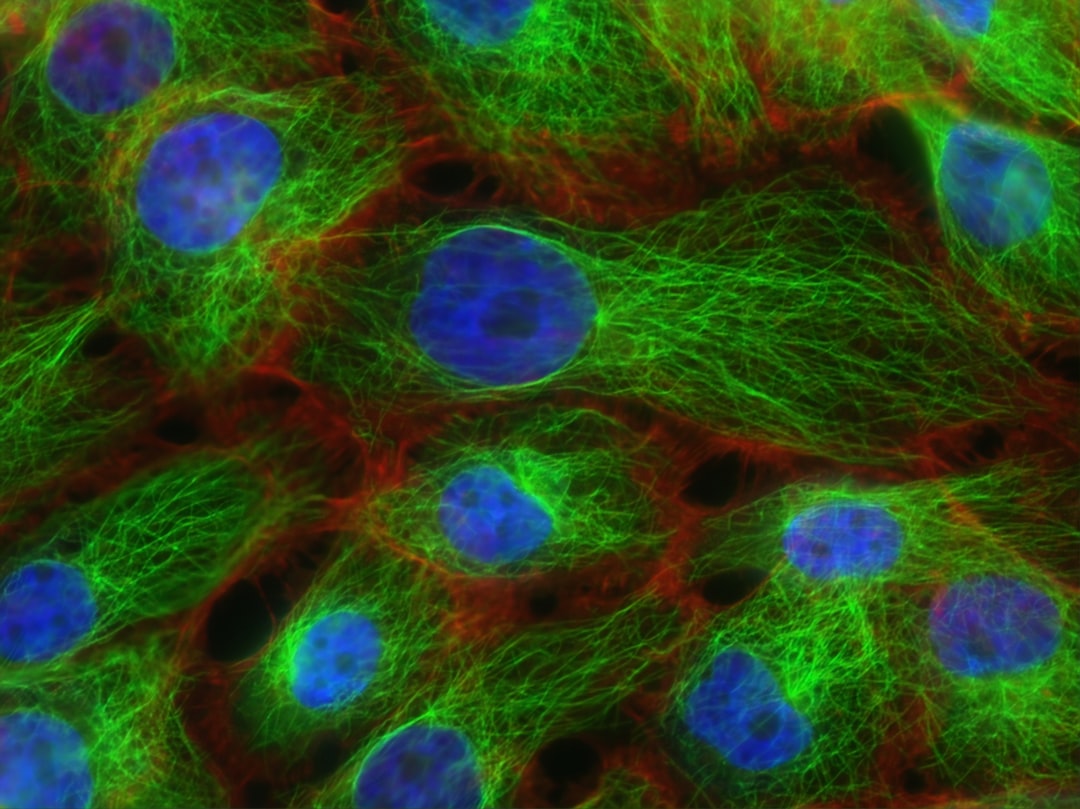What is it about?
Neurite outgrowth describes the formation and extension of a long cellular protrusion from the cell body of a neuron. This growing neurite will finally become the axon connecting the neuron to other neurons for transmission of electric signals. Intracellularly, neurite outgrowth depends on matching activities of multiple proteins, including those involved in lipid membrane synthesis in the cell body, vesicle transport and membrane delivery to the neurite tip as well as growth of the microtubule vesicle track and neurite scaffold. To simulate the interactions of mentioned pathways we developed a compartmental dynamic model using sets of ordinary differential equations, each describing the reaction of a particular pathway sub-function. Numerical simulation of the model over a sufficiently long time-period will generate a cellular state characterized by a constant outgrowth velocity and constant intracellular fluxes. In such a bottom-up approach, the simulation determines outgrowth velocity and associated cellular state in dependence of the given reaction parameters. Applying a top-down approach, we developed an analytical solution that predicts parameter sets allowing neurite outgrowth under a given velocity and other model constraints with high accuracy. Our analytical solution allowed systematic investigation of pathway dependencies and redundancies that enable neurite outgrowth under physiological conditions. We predicted whole-cell implications of pathway disturbances that we could experimentally validate by knocking down representative pathway genes.
Featured Image

Photo by Hal Gatewood on Unsplash
Why is it important?
Characterized pathway dependencies can form the basis for the repurposing of drugs that could stimulate neurite outgrowth and eventually axonal regrowth after injury as well. Pathways whose activities change a lot between high and low outgrowth velocities should be emphasized as drug targets over those pathways with only minor activity changes. Besides neurite outgrowth, most other changes of cellular state should also depend on the coordinated interaction of multiple pathway activities. Our analytical solution allows the prediction of parameter sets that enable neurite outgrowth under given velocities and additional model constraints. The developed top-down approach should be generally applicable to other (biological) systems as well and complement the bottom-up approach that predicts cellular outcomes under given parameter sets.
Read the Original
This page is a summary of: Dynamic balance between vesicle transport and microtubule growth enables neurite outgrowth, PLoS Computational Biology, May 2019, PLOS,
DOI: 10.1371/journal.pcbi.1006877.
You can read the full text:
Resources
Contributors
The following have contributed to this page










